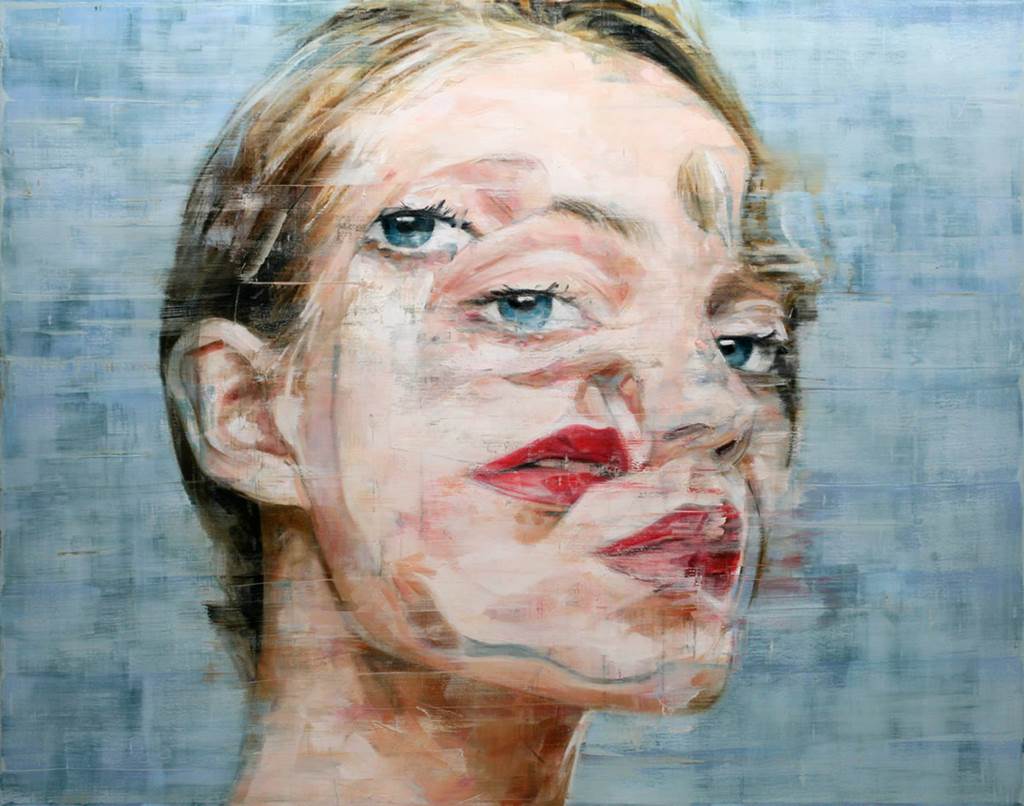

The reference to “the true leading star” is a pun on Leyster’s name see Frima Fox Hofrichter, Judith Leyster: A Woman Painter in Holland’s Golden Age (Doornspijk, 1989), 13. “Daer zyn ook veel Vrouwen gheweest in de Schilder-konst wel ervaren I die voornamelyck by onse tijdt noch vermaert zijn / die met de mans haer soude konnen versetten in de mael-konst / van welcke ceo insonderheydt uytmunt, JUDITH LEISTER, weleer genaemt / de rechte l.eyster inde konst.” The English translation has been taken from Frima Fox Hofrichter, Judith Leyster: A Woman Painter in Holland’s Golden Age (Doornspijk, 1989), 83.

Theodorus Schrevelius, Harlemias, ofte, de eerst stichtinghe der stad Haarlem (Haarlem, 1648), 384–385. Among them, one excels exceptionally, Judith Leyster, called ‘the true leading star’ in art.” In the late 1640s another historian of Haarlem, Theodorus Schrevelius, wrote, “There also have been many experienced women in the field of painting who are still renowned in our time, and who could compete with men. 1610–1668), her artistic reputation never waned in her native city. The rarity of women artists is implicit in Ampzing’s rhetorical question concerning Maria: “Who ever saw a painting made by the hand of a daughter?” (“Wie sag oyt schilderij van eene dochtershand?”) Even after 1636, when she moved to Amsterdam with her husband, the artist Jan Miense Molenaer (c. Samuel Ampzing, Beschrijvinge ende lof der stad Haerlem in Holland (Haarlem, 1628), 370, praises Leyster’s bold hand and mind in the context of a discussion of the De Grebber family, probably because Frans de Grebber’s daughter Maria (c. Her proficiency, even at the tender age of nineteen, had been so remarkable that in 1628 Samuel Ampzing singled her out for praise in his Beschryvinge ende lof der stad Haerlem in Holland some five years before she appears to have become the first woman ever to be admitted as a master in the Haarlem Saint Luke’s Guild. Leyster was quite a celebrity even before she painted this self-portrait in about 1630.

Portrait painter with canvas professional#
Although women drew and painted as amateurs, a professional woman painter was a rarity in Holland in the seventeenth century. Following her marriage to fellow Haarlem artist Jan Miense Molenaer in 1636, Leyster stopped producing art in her own name but probably continued to paint in collaboration with, and in the workshop of, her husband.Īs she turns from her painting of a violin player and gazes smilingly out at the viewer, Judith Leyster manages to assert, in the most offhanded way, that she has mastered a profession traditionally viewed as a masculine domain. A chronicler of Haarlem described Leyster, then only nineteen years old, as a painter of "good and keen insight." In the late 1640s, another city historian wrote that among the many women experienced in the field of painting, "one excels exceptionally, Judith Leyster, called ‘the true leading star’ in art." The compliment cleverly alludes to the artist’s family name, which means "lodestar." The artist herself incorporated a star in her professional signature, the monogram JL*. Five years earlier, her proficiency and talent had already drawn public praise. As a master in her own right, a rarity for a female artist at the time, Leyster established her own workshop and had paying students. Leyster entered into the Saint Luke’s Guild of Haarlem as an independent master in 1633. In reality she would not have worn the elegant dress and lace-trimmed collar while at work in her studio. She holds the tools of her trade-a palette, a cloth, and no fewer than eighteen brushes. By juxtaposing her hand holding a brush with the hand and bow of the violin player, Leyster cleverly compares the art of creating ephemeral music with the art of creating timeless paintings. 1582/1583–1666), Haarlem’s most celebrated portrait painter and Leyster’s colleague. The momentary quality of the portrait and the vigorous brushwork echo the work of Frans Hals (c. Leyster has depicted herself at her easel, briefly interrupting work on a painting of a violin player to interact with the viewer. Judith Leyster’s Self-Portrait exudes self-confidence in her abilities, and it has become one of the National Gallery of Art’s most popular Dutch paintings.


 0 kommentar(er)
0 kommentar(er)
